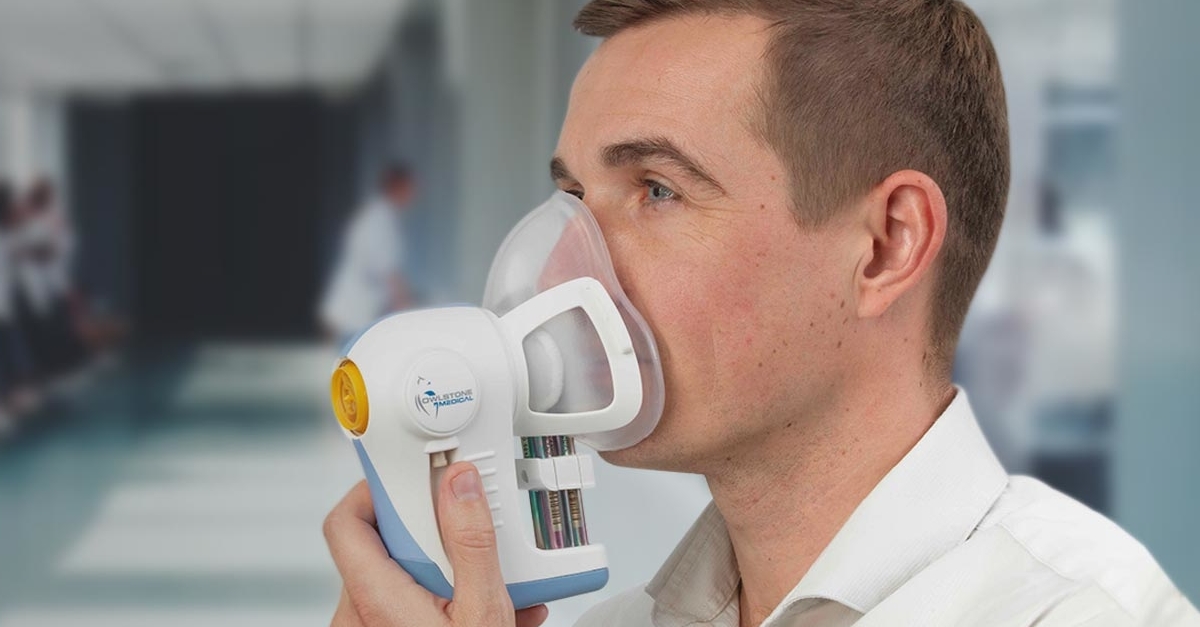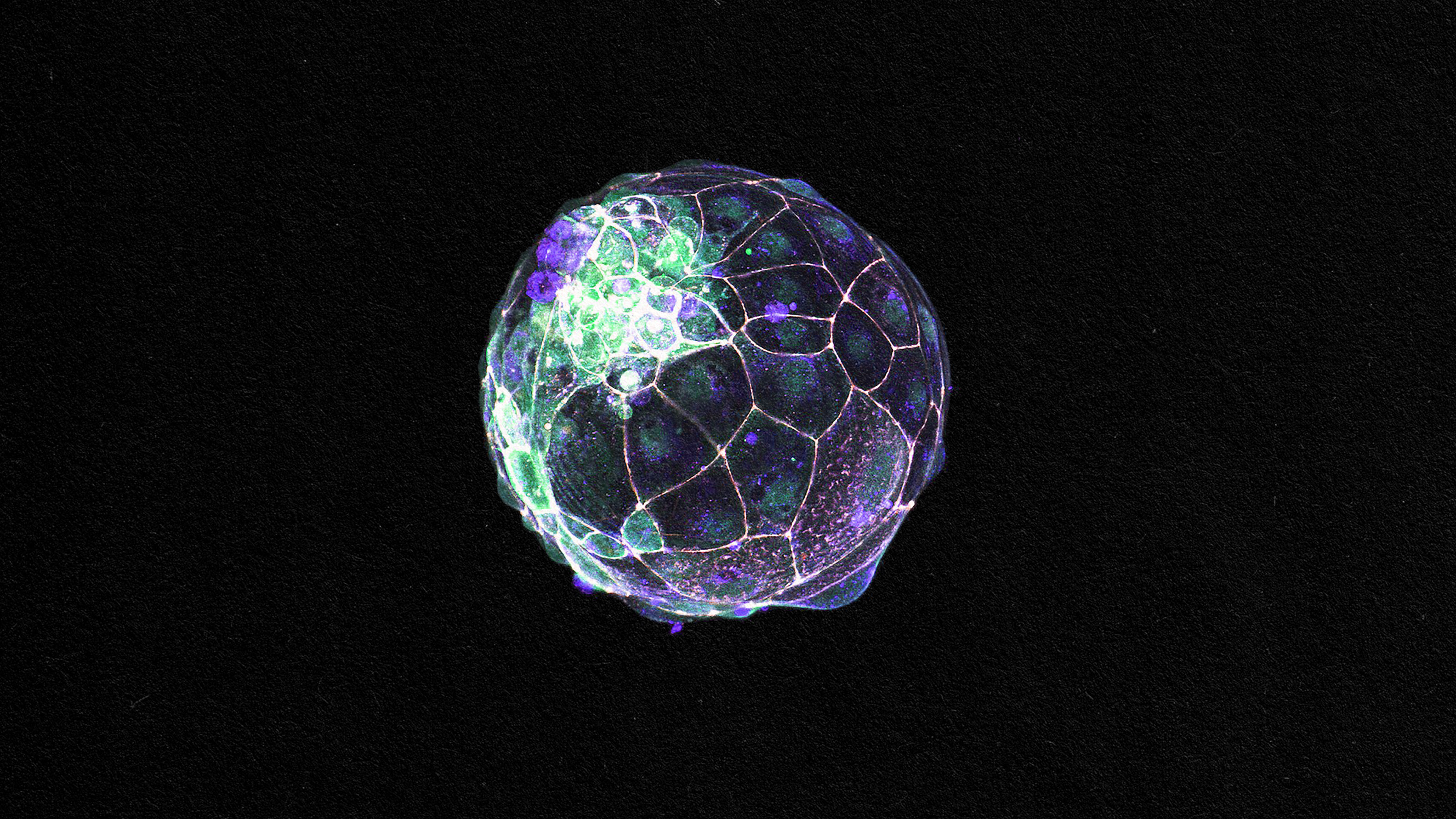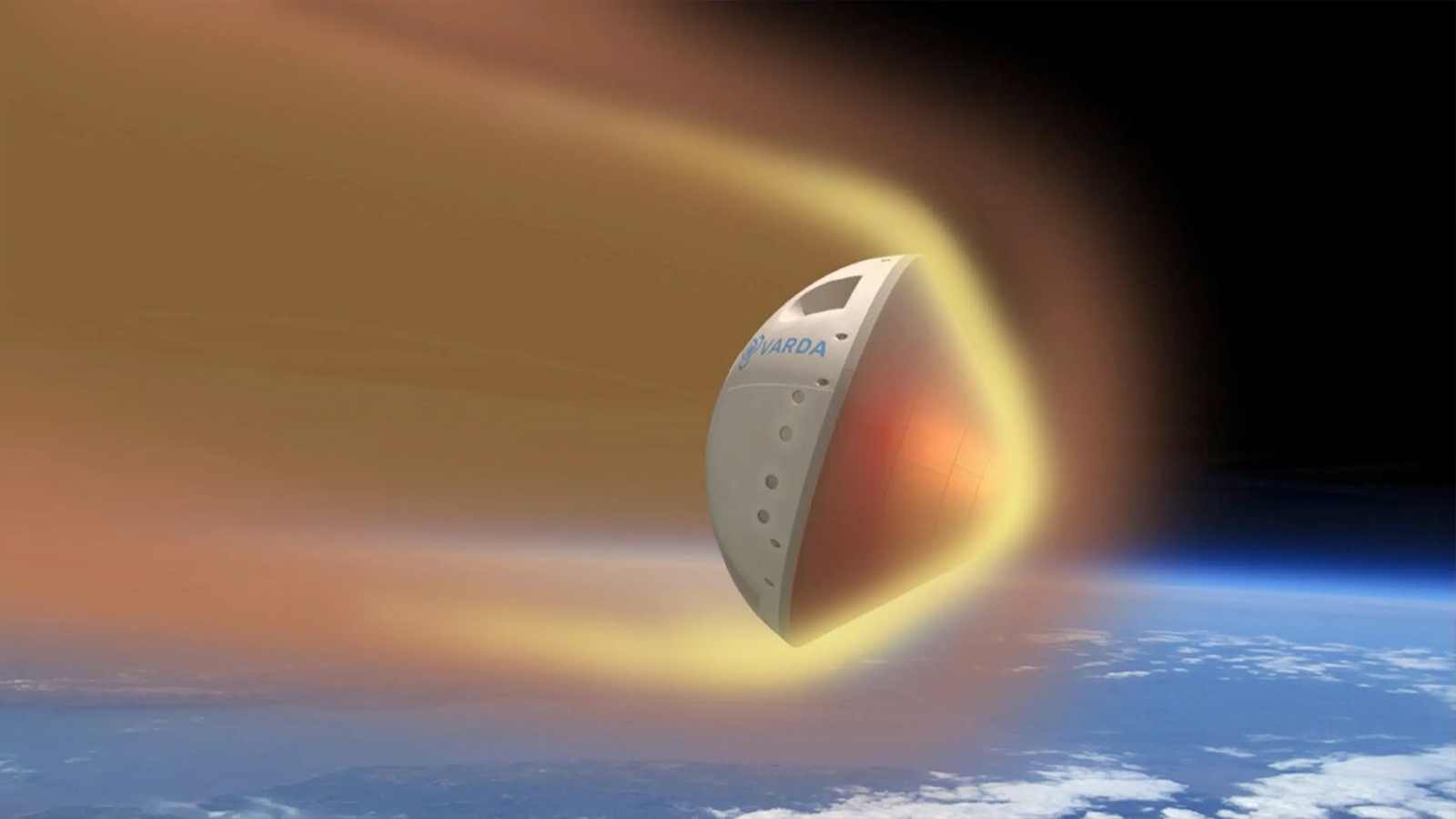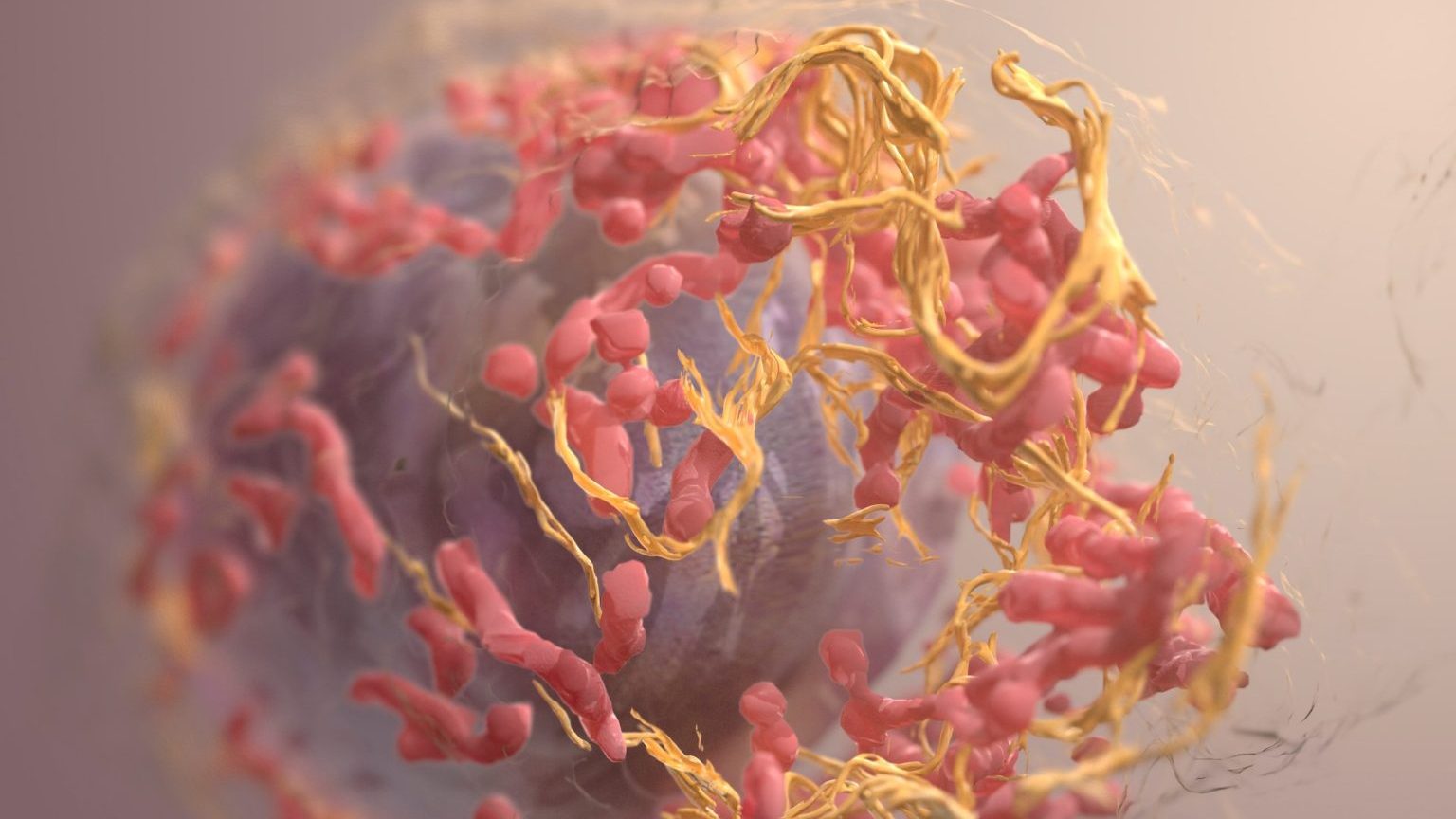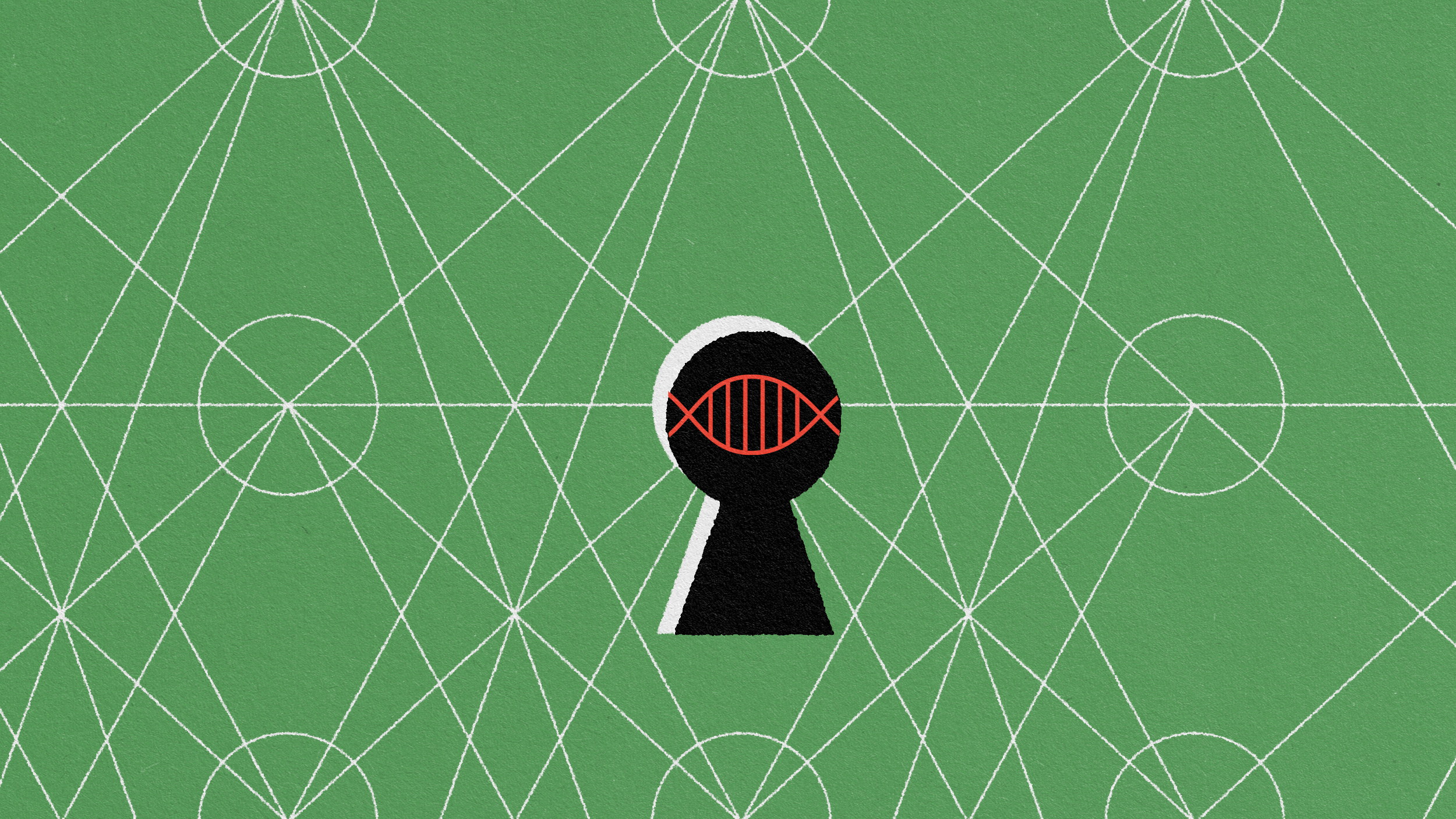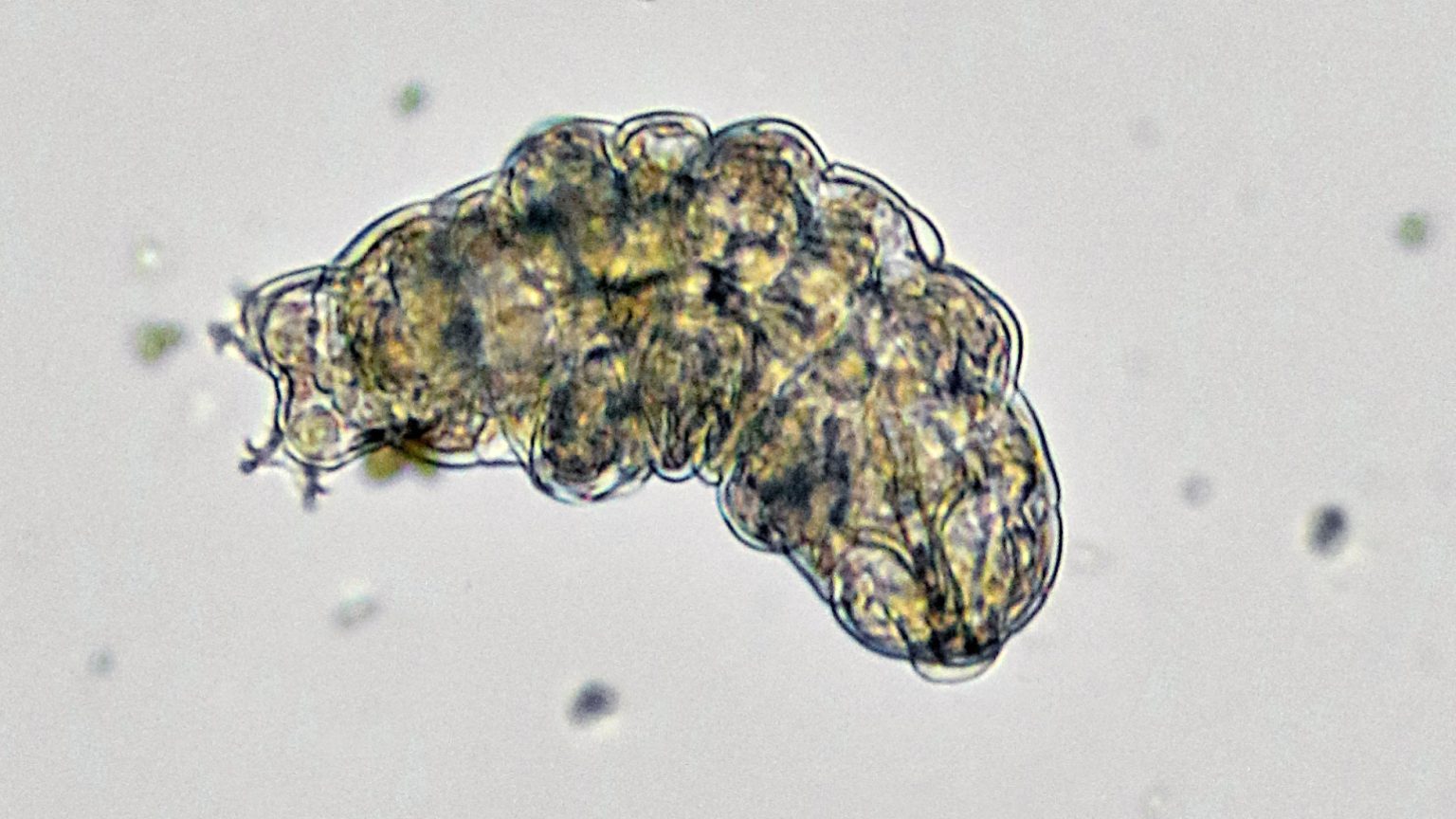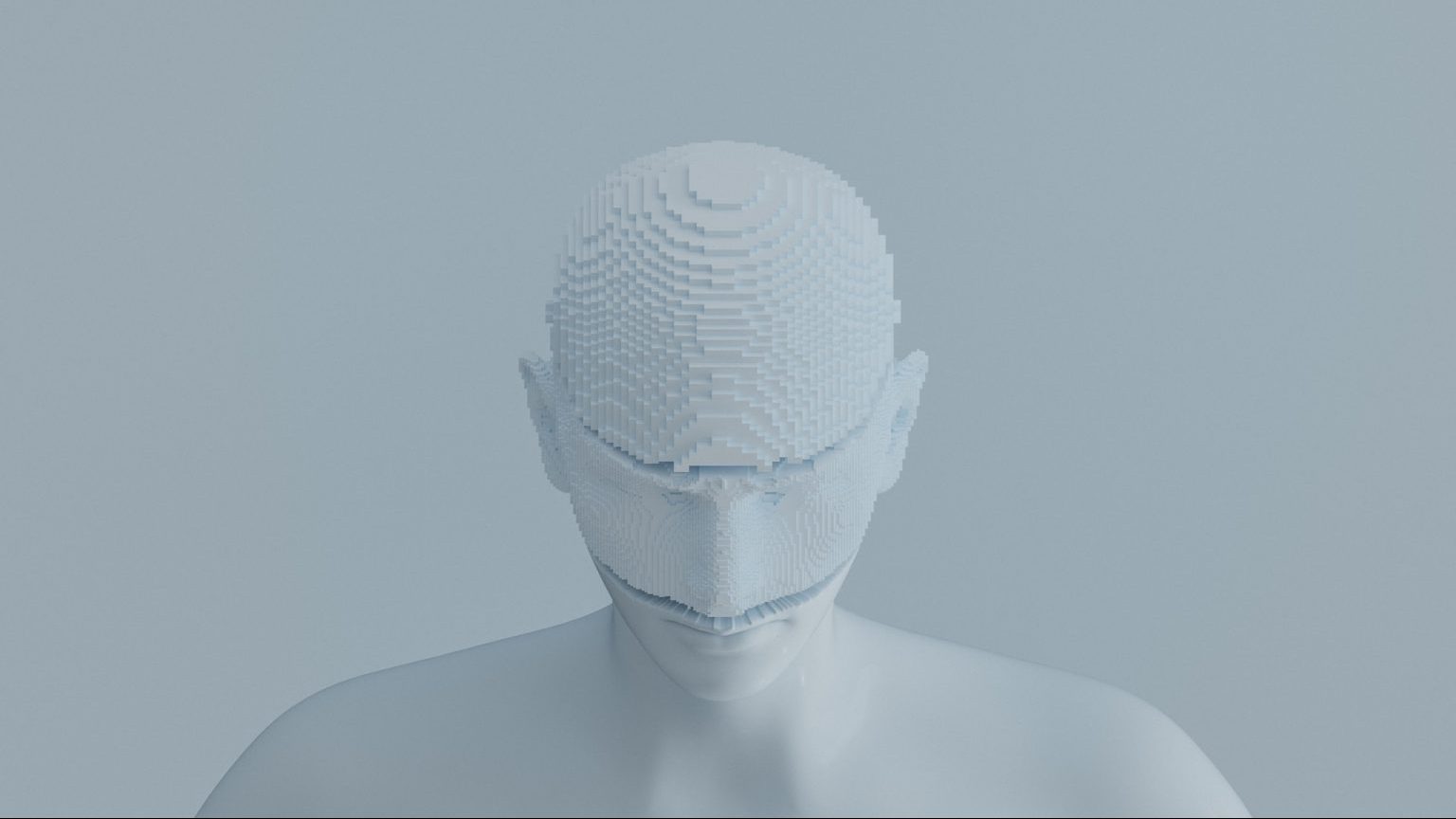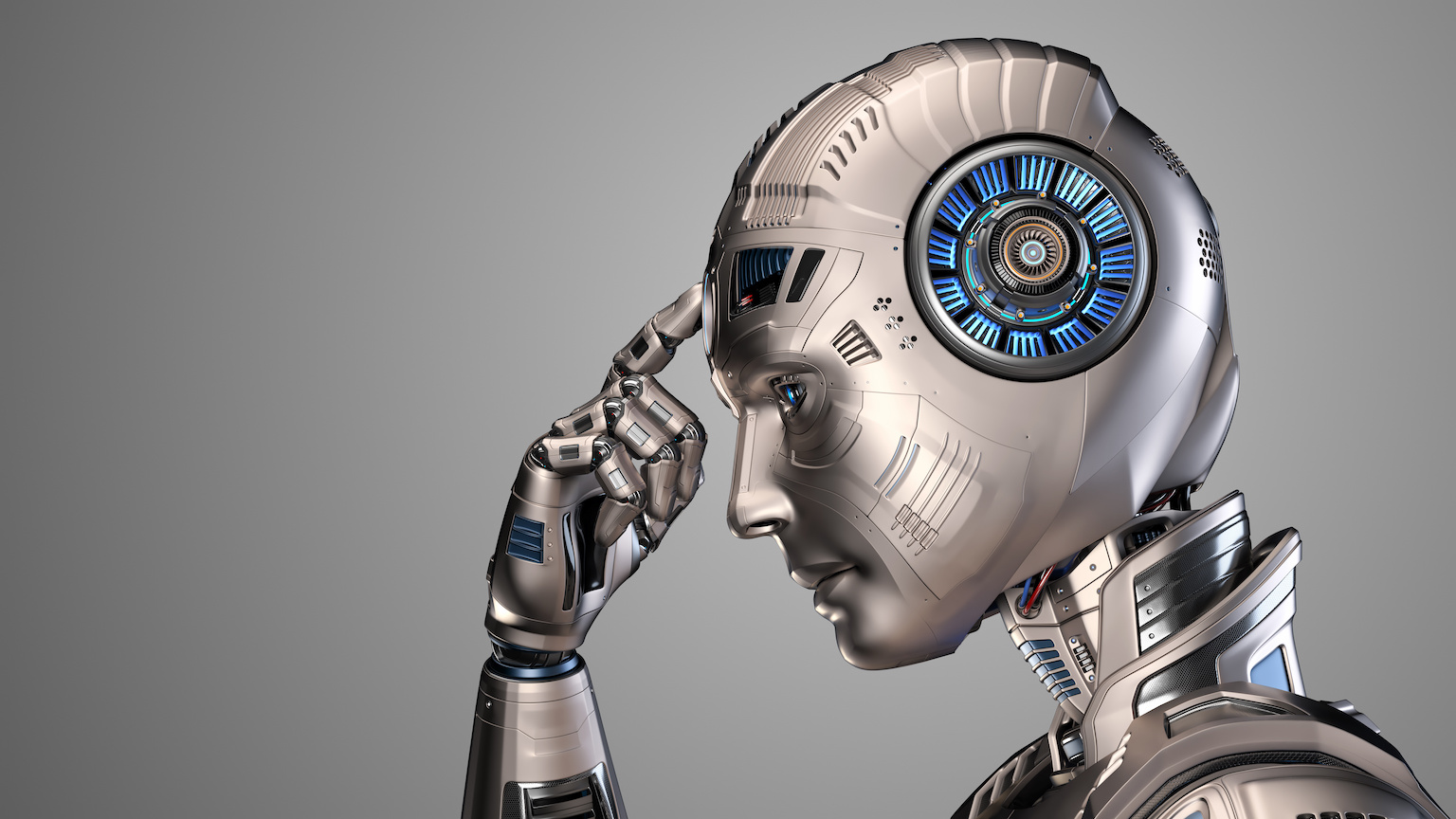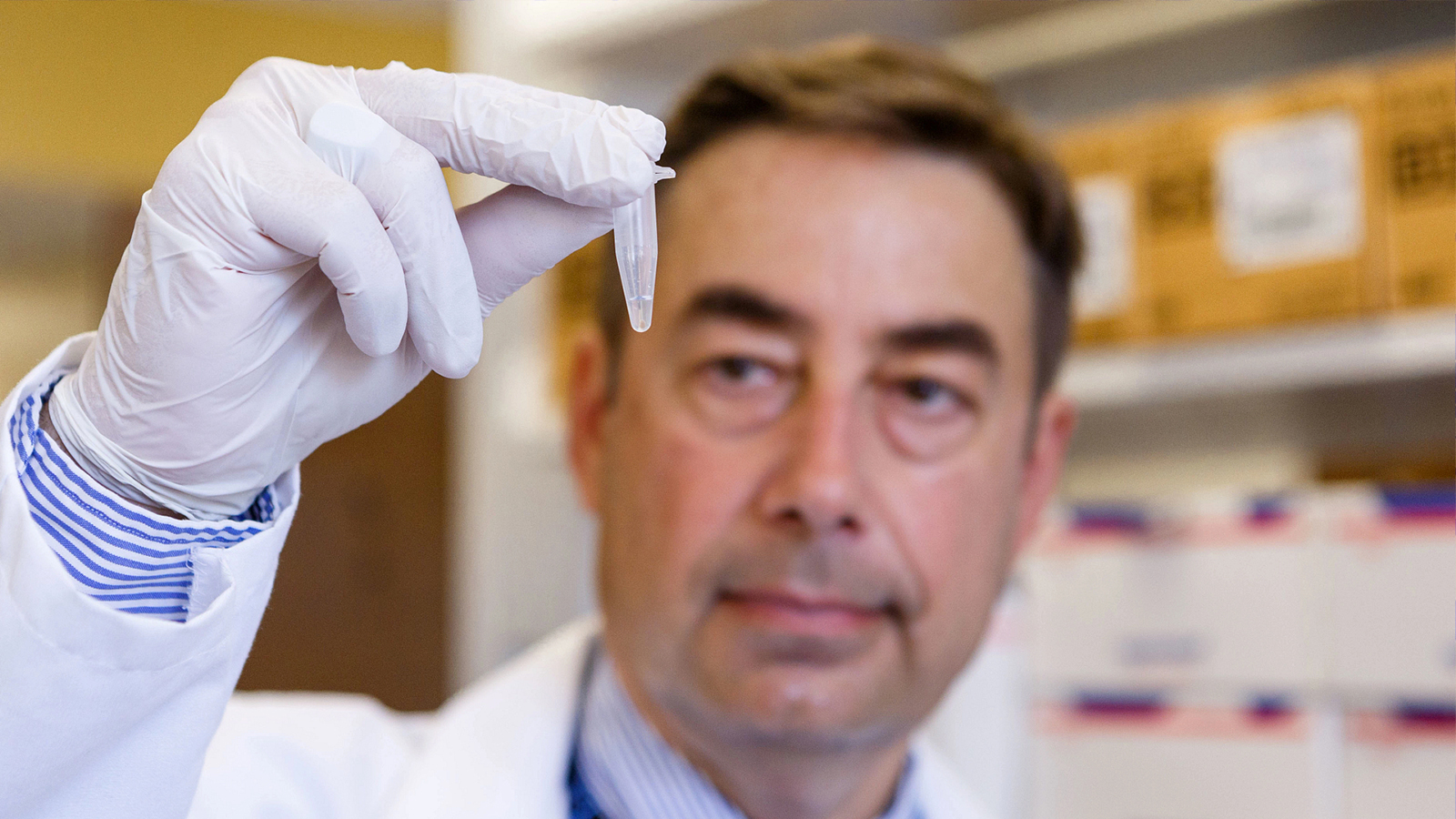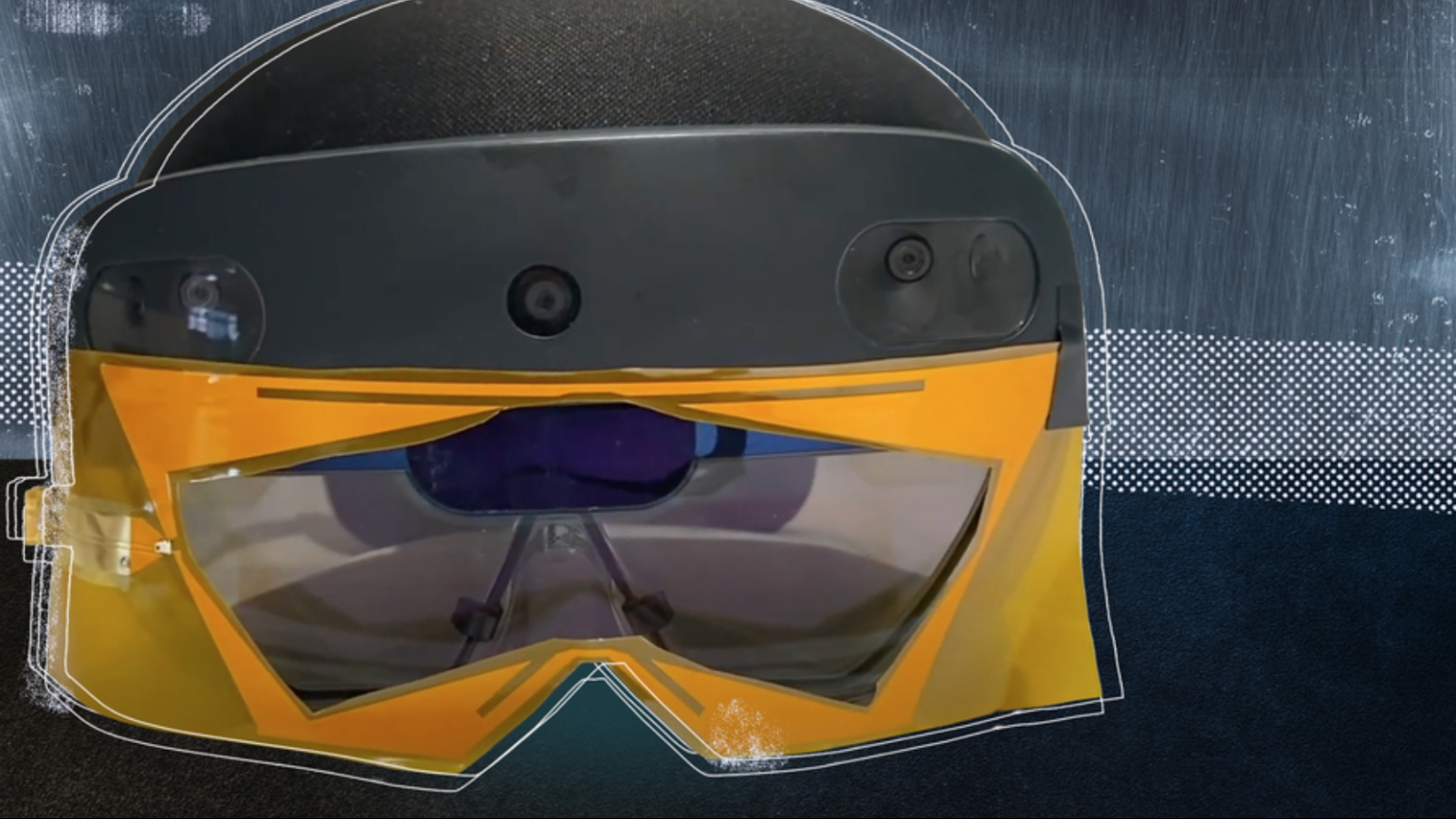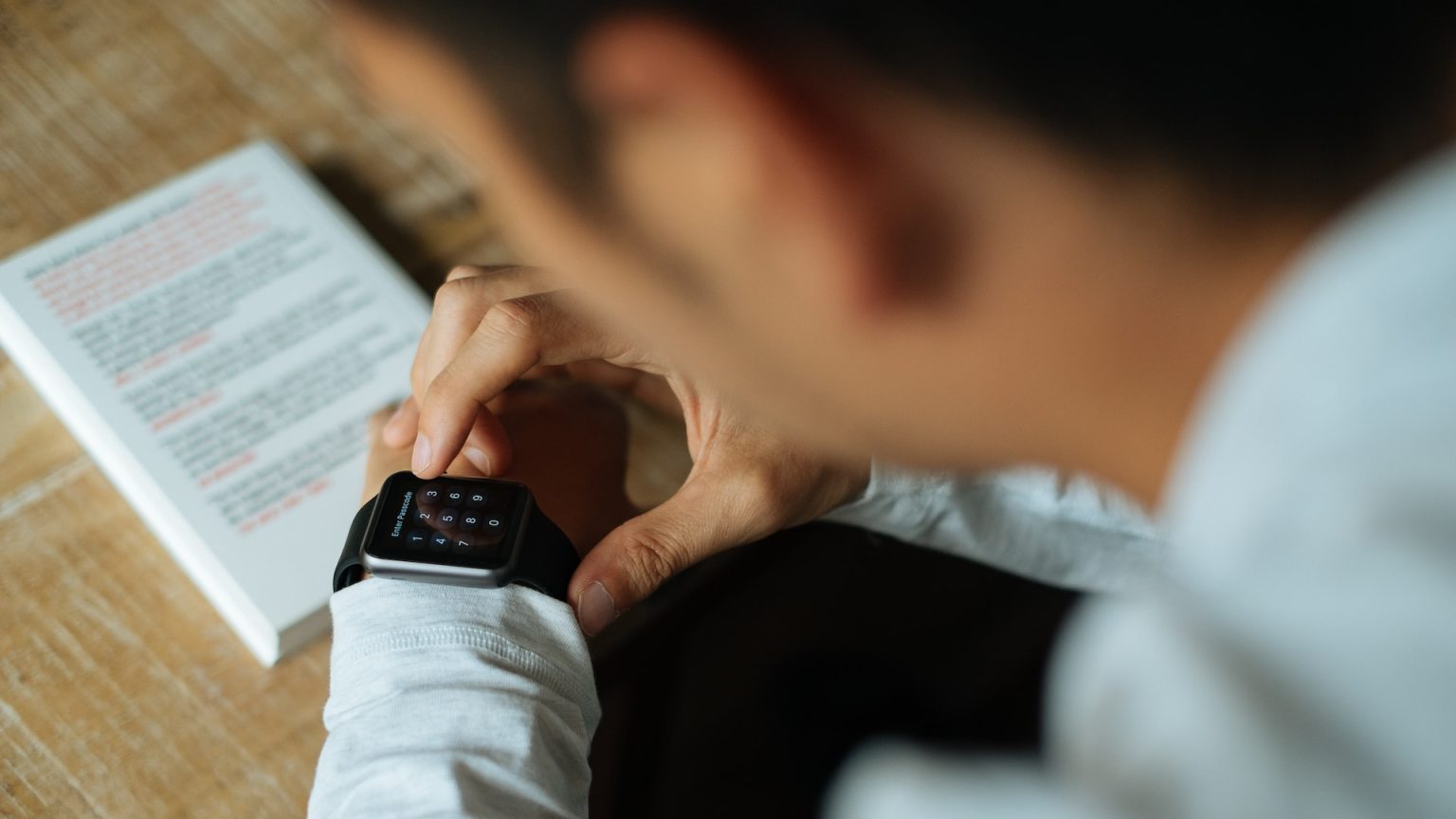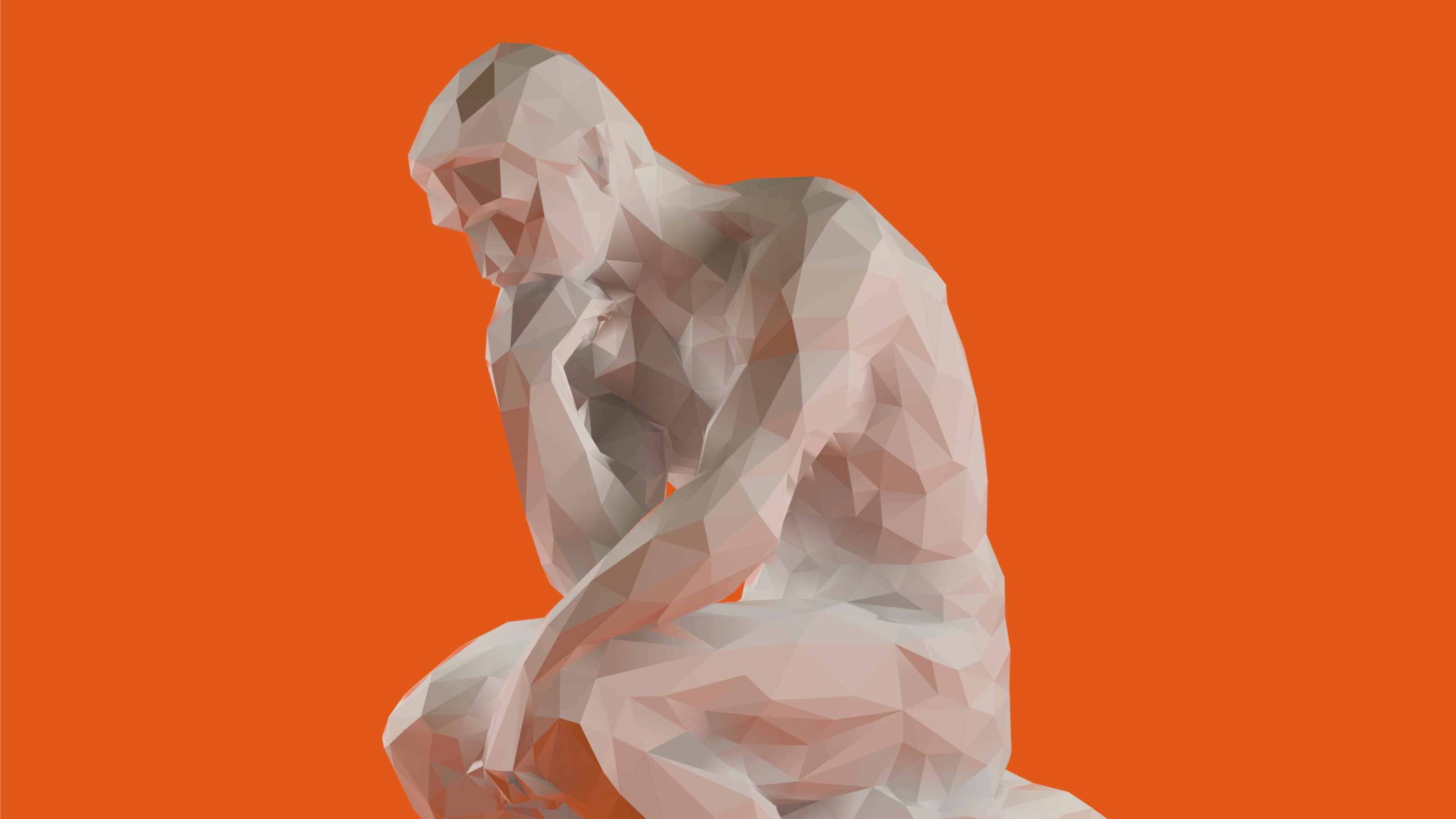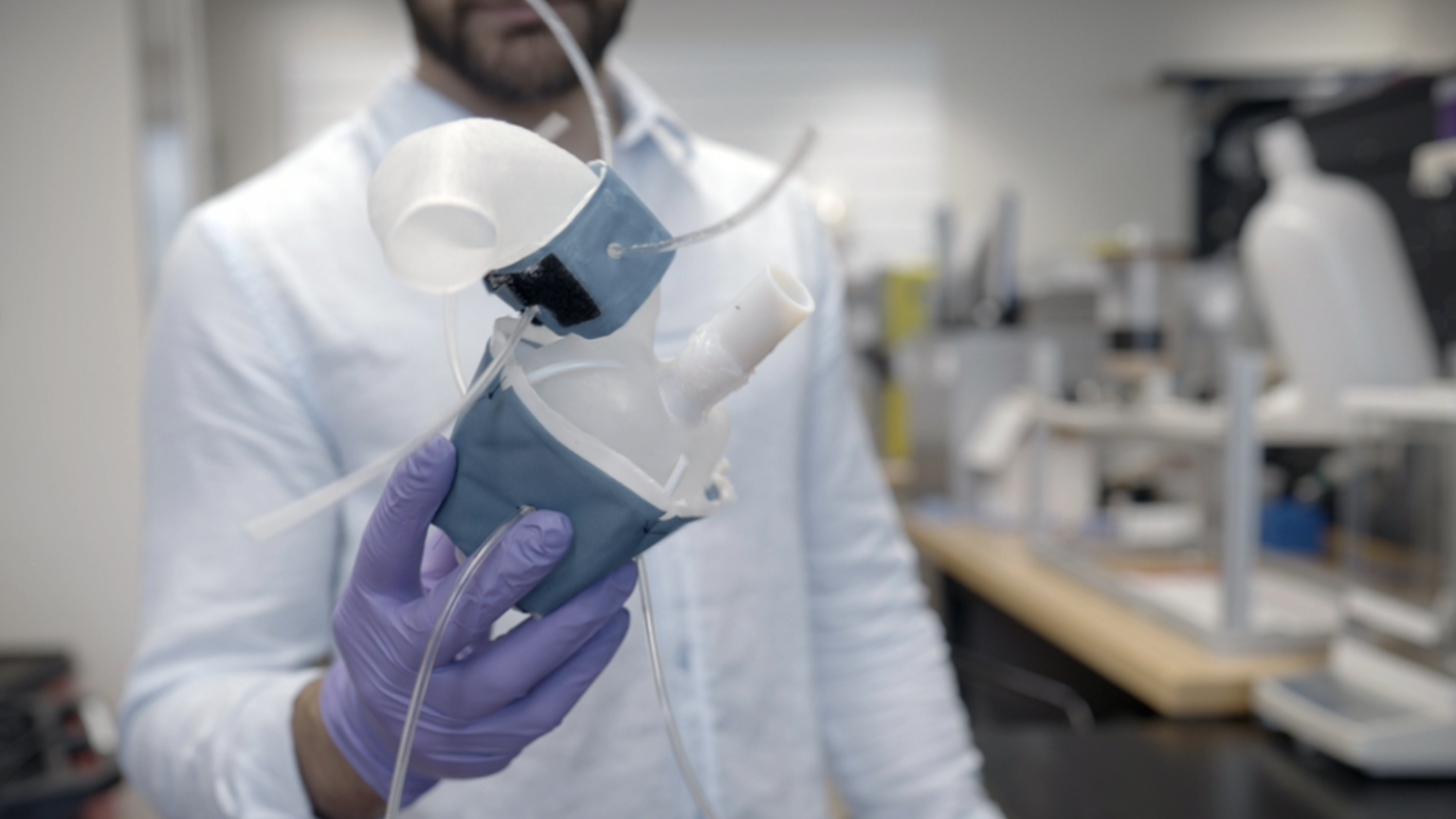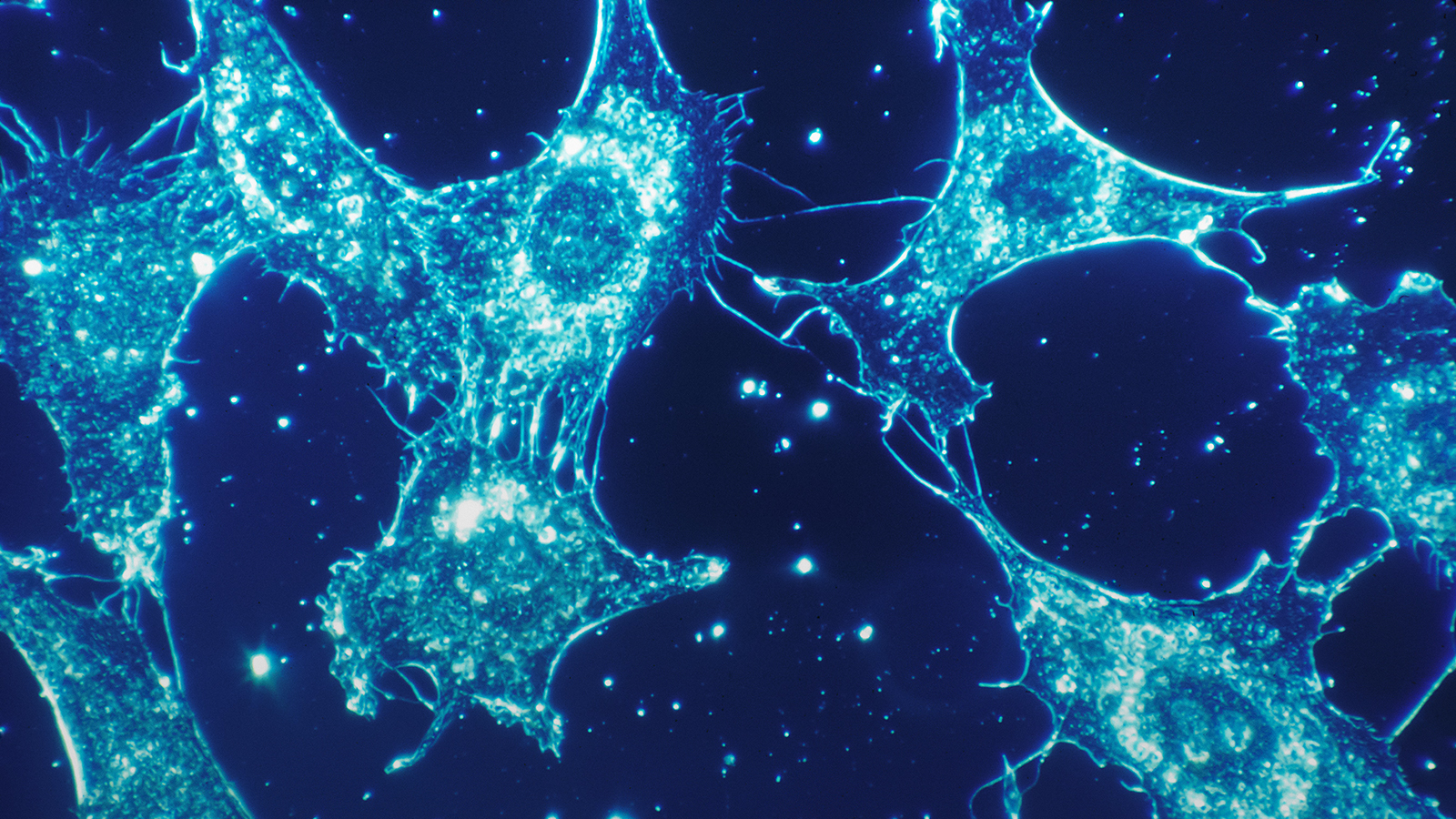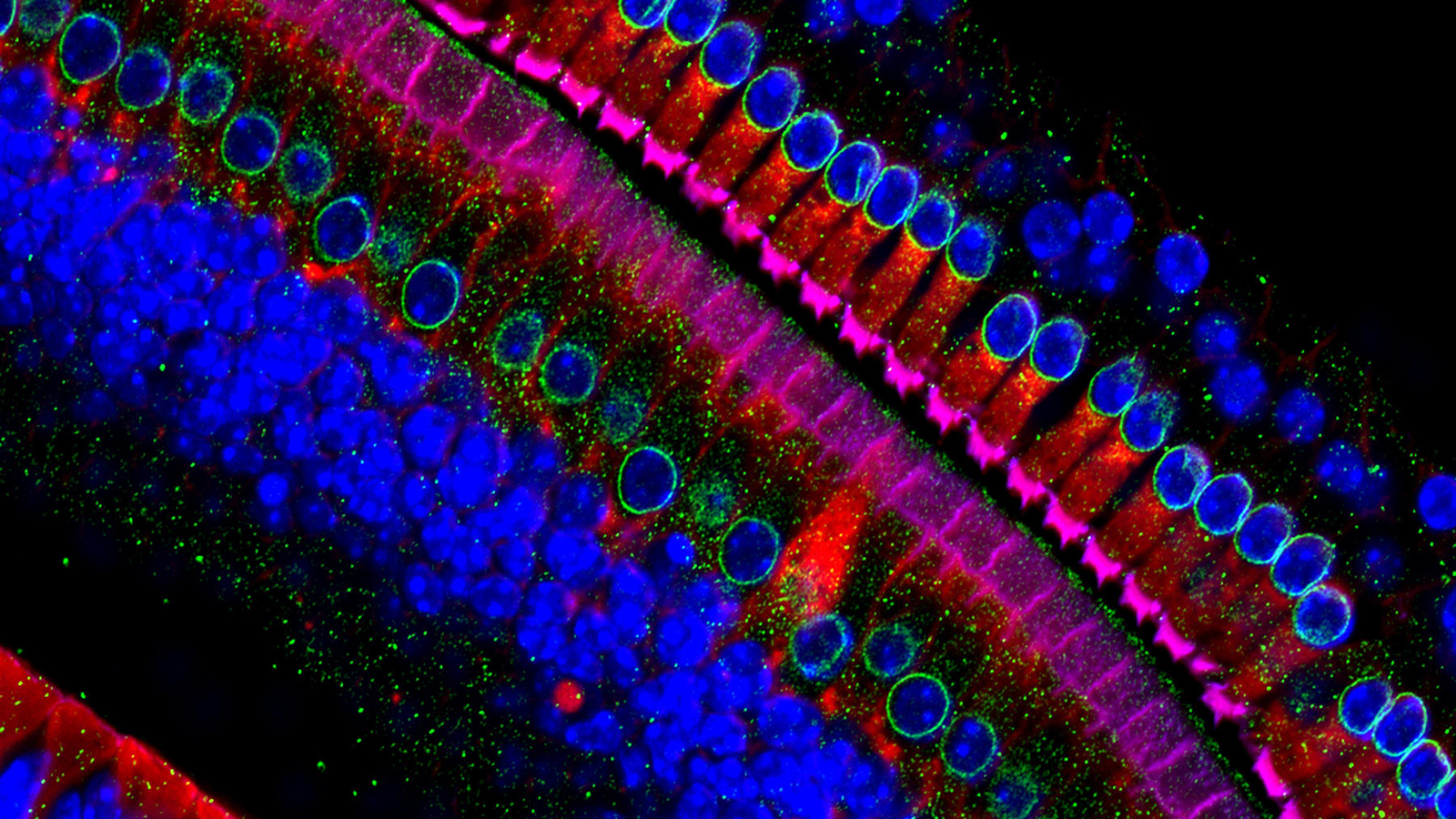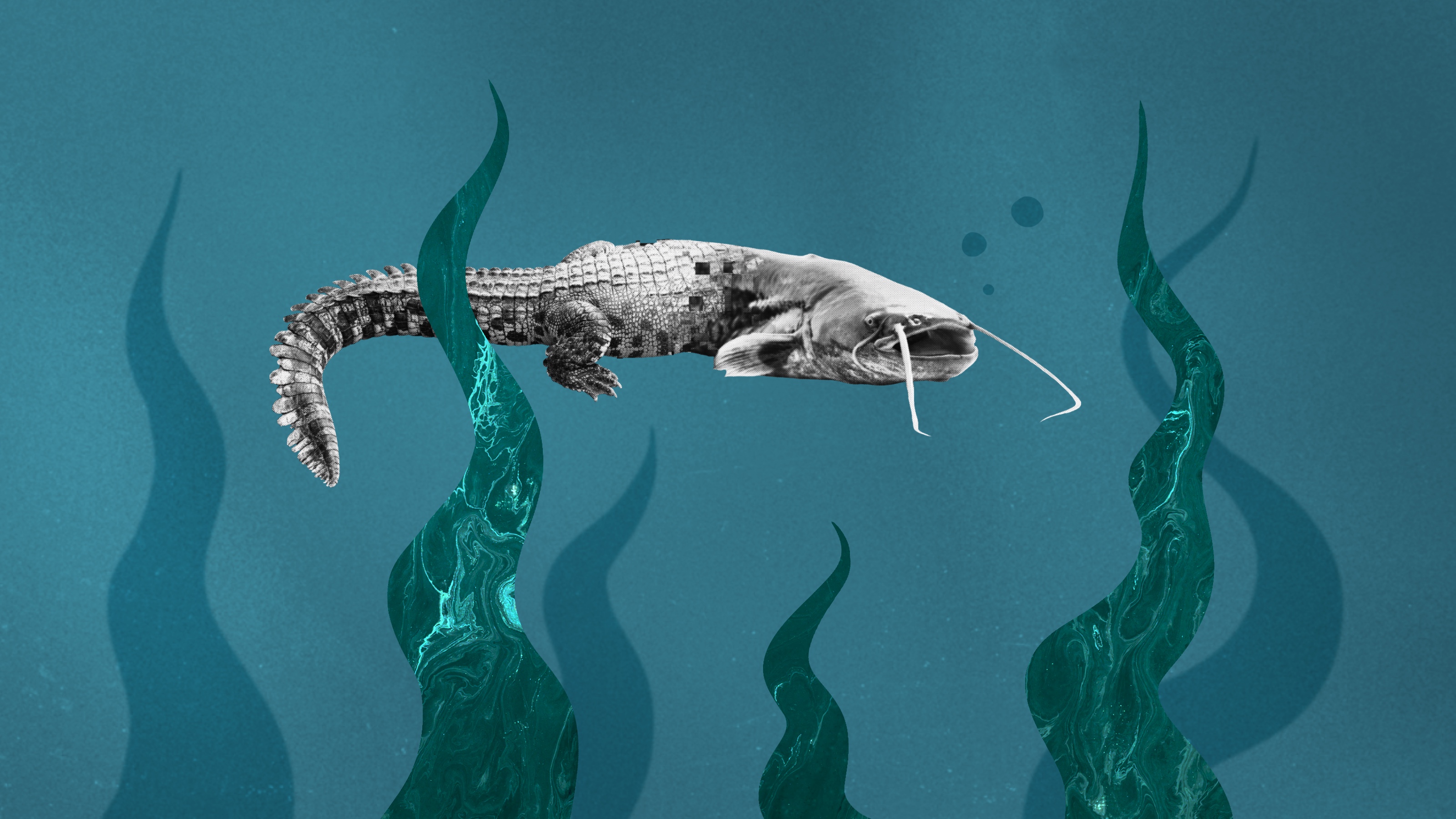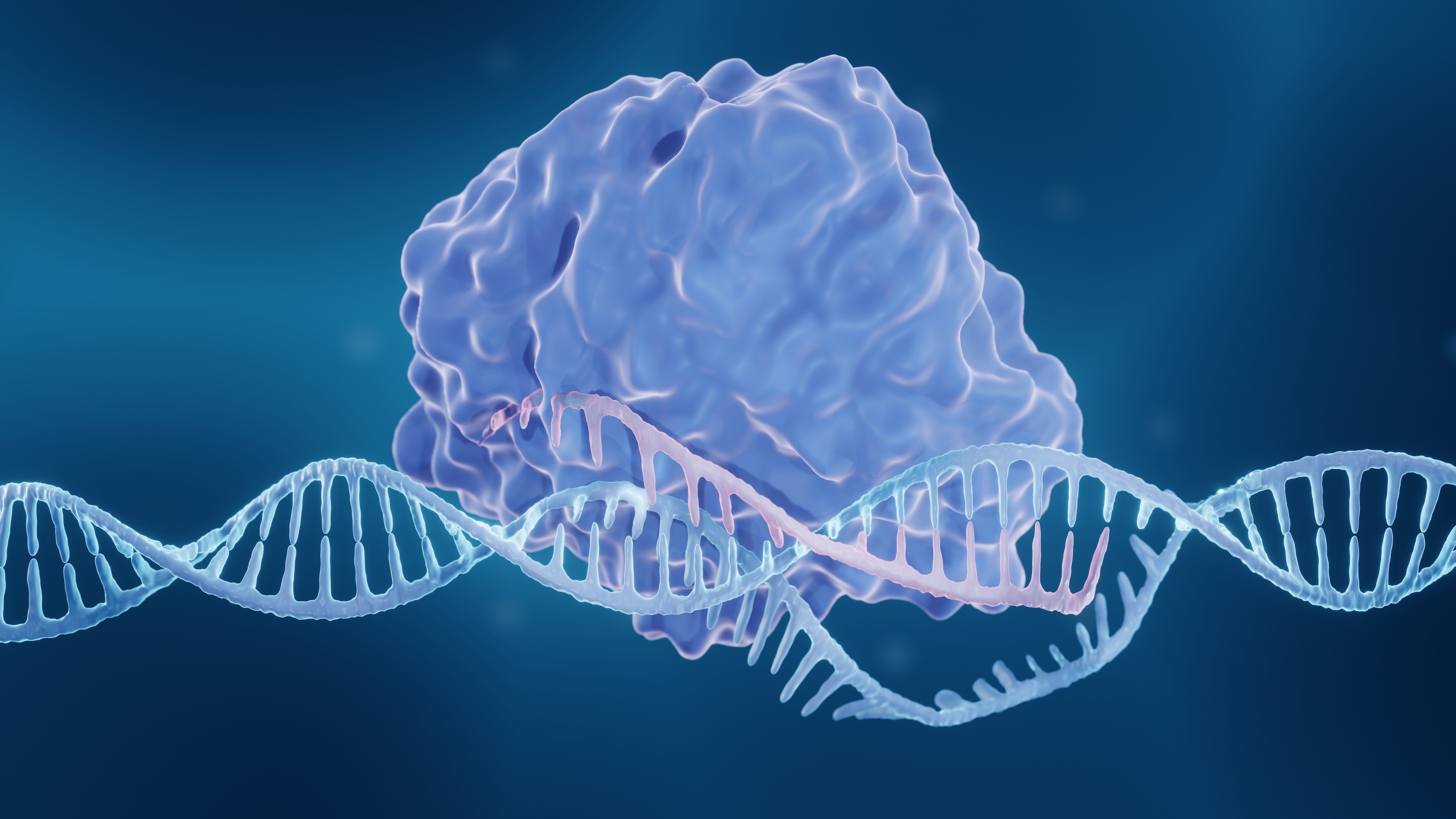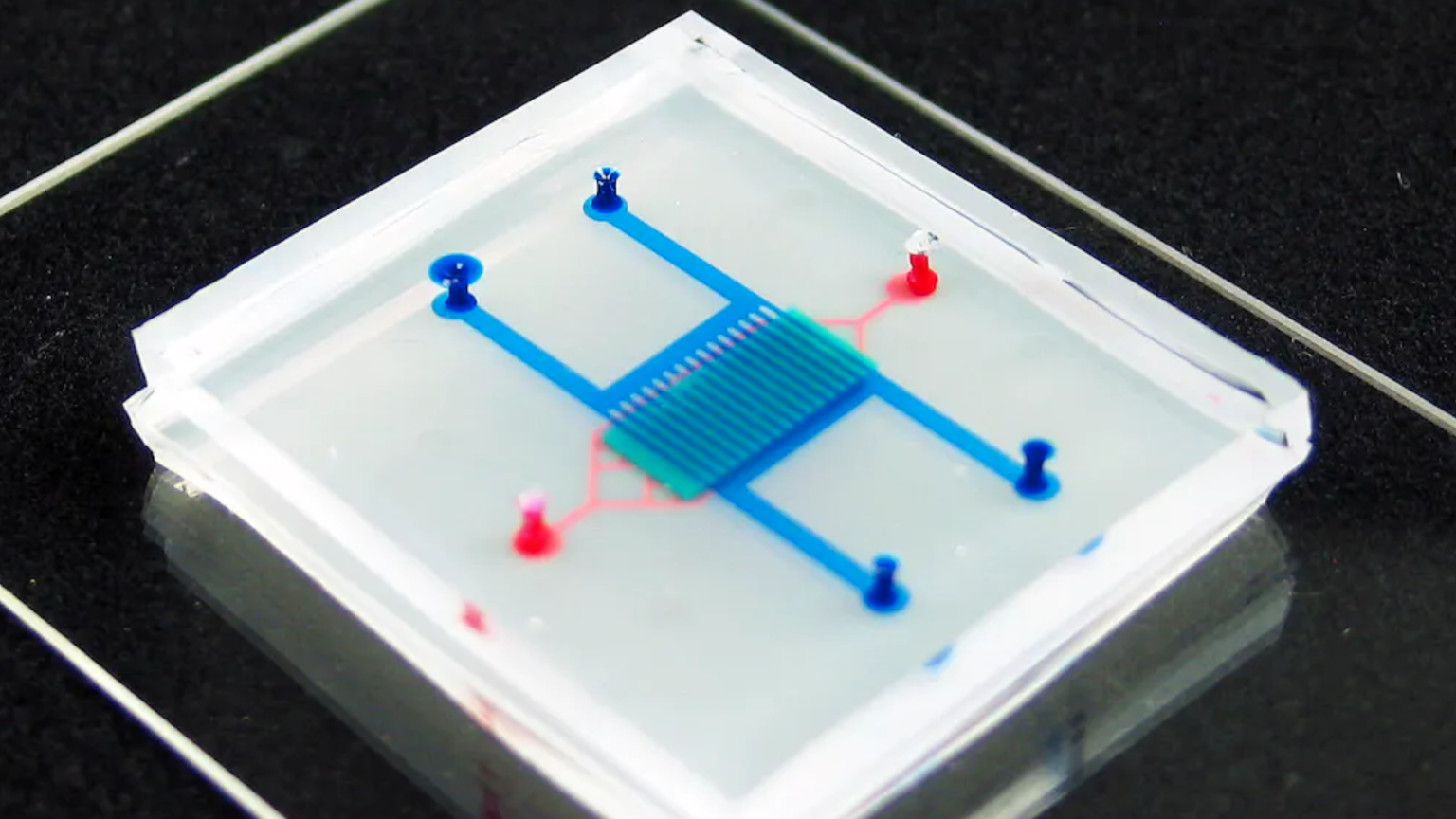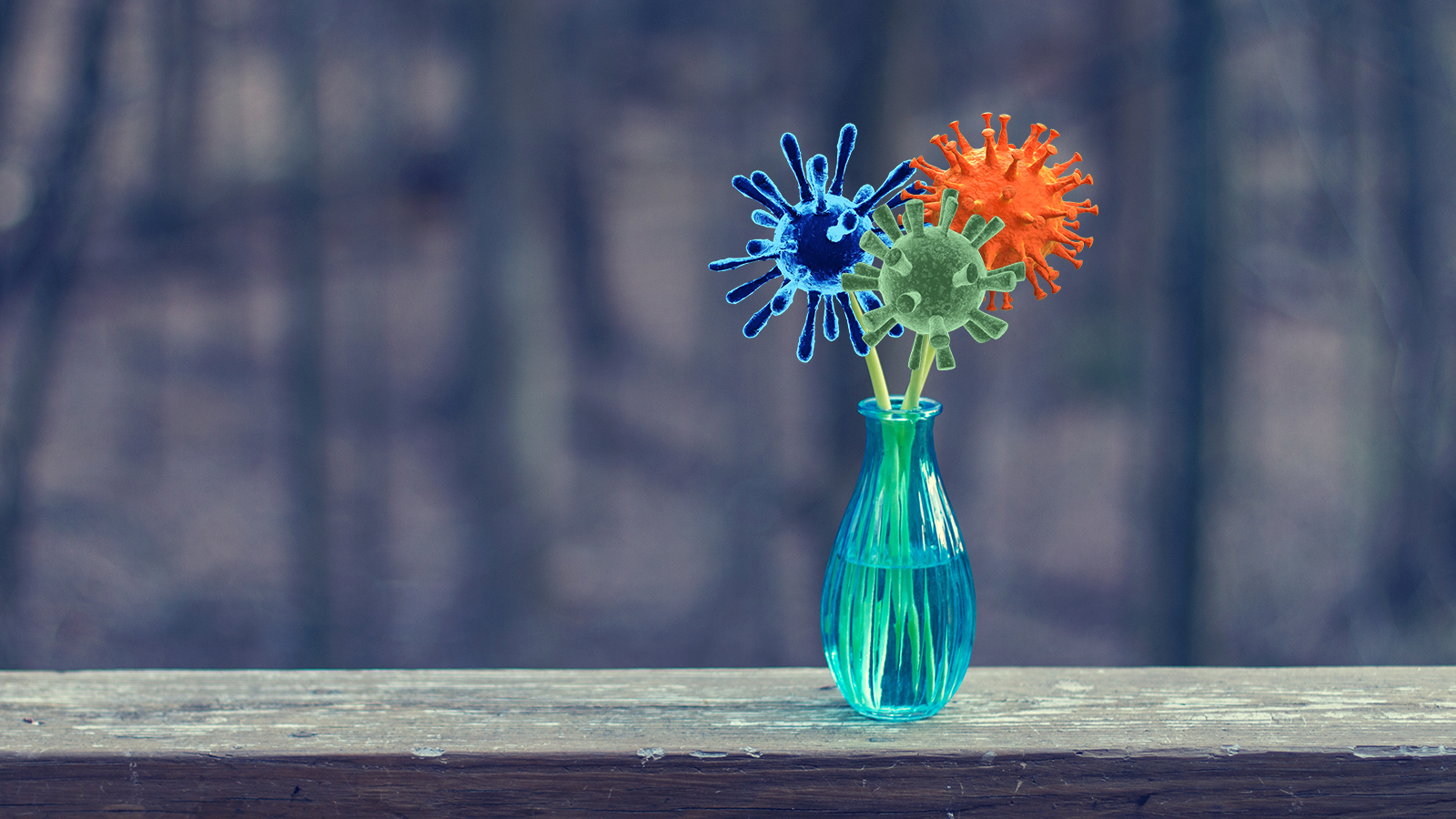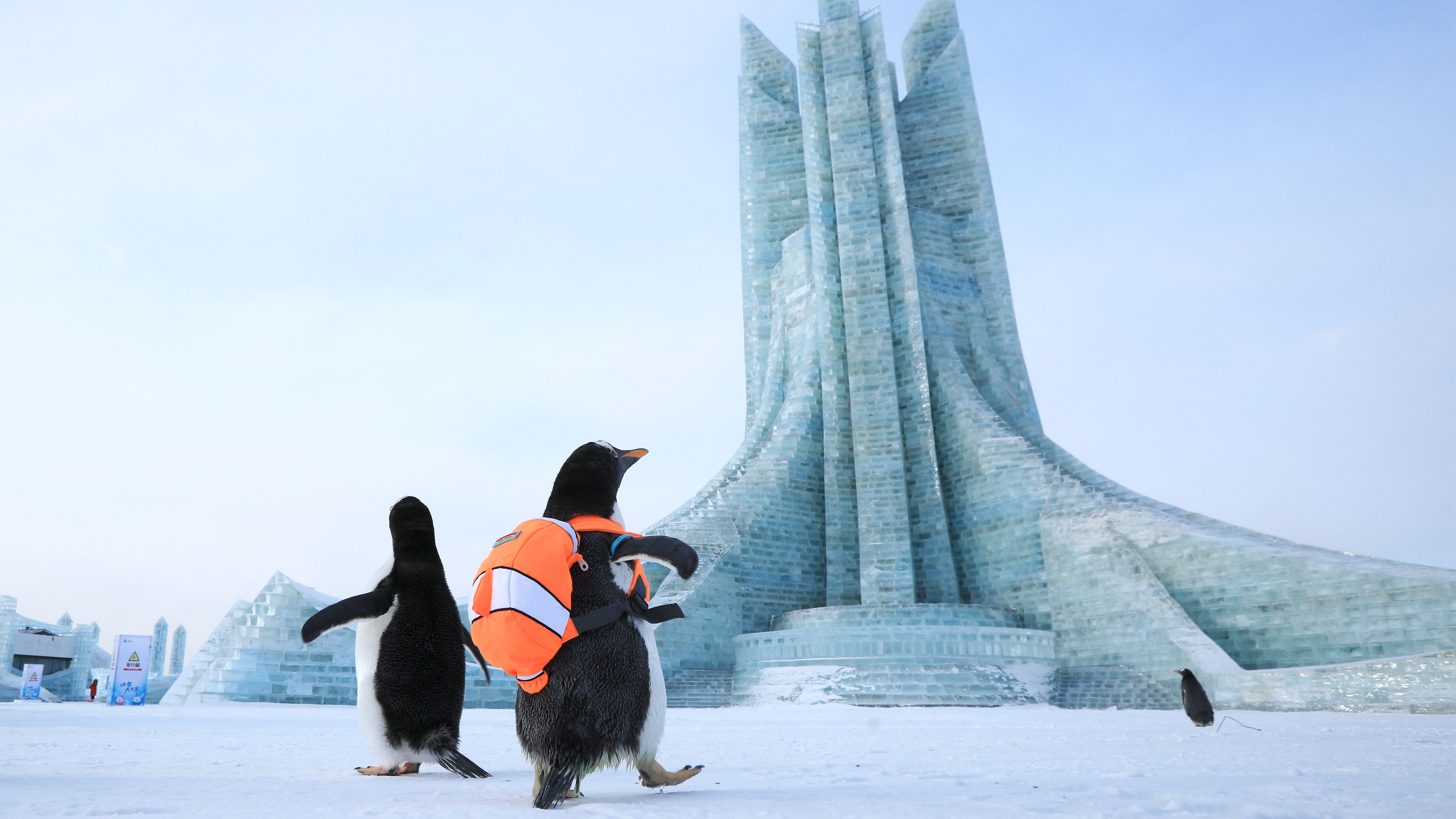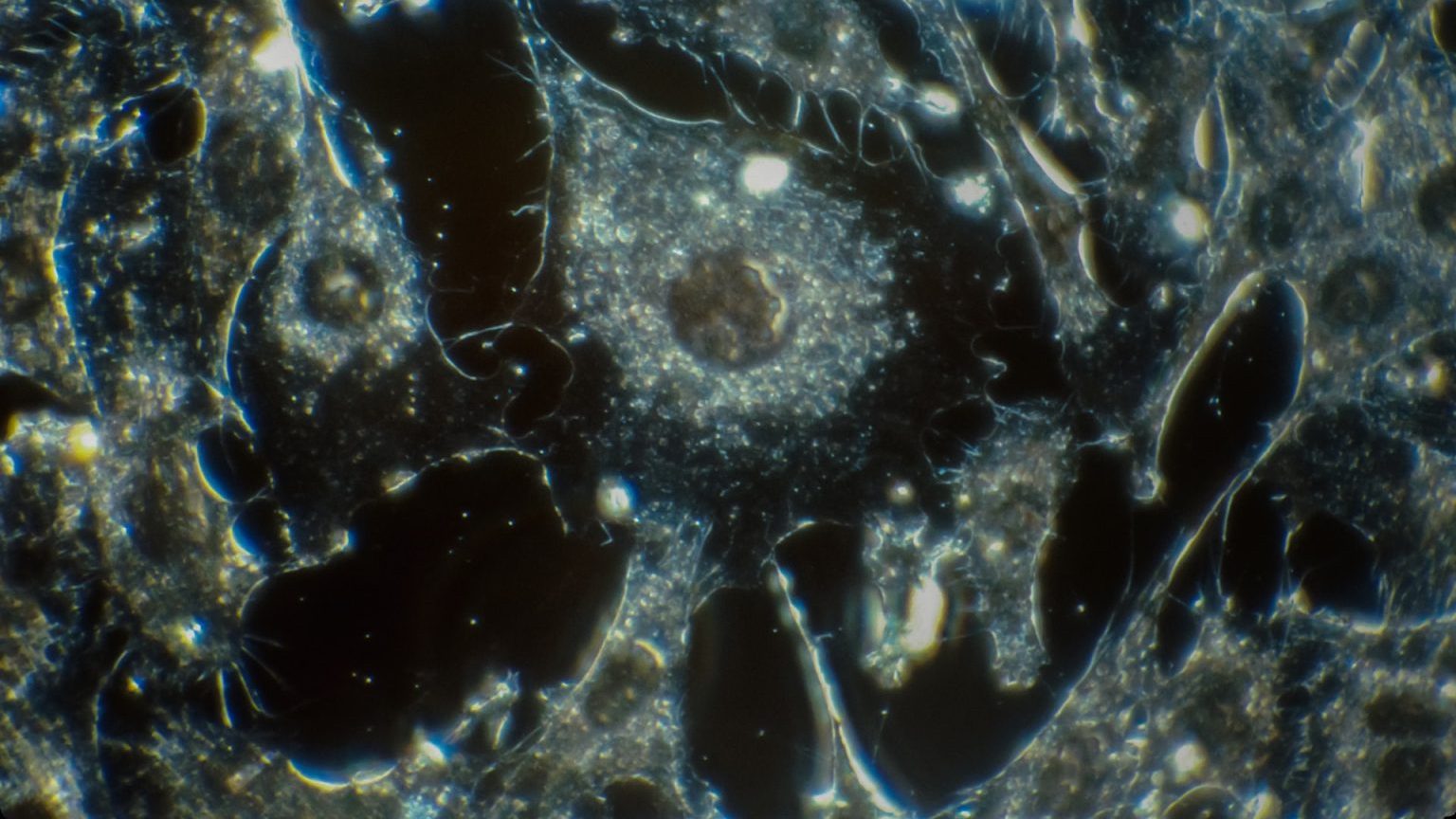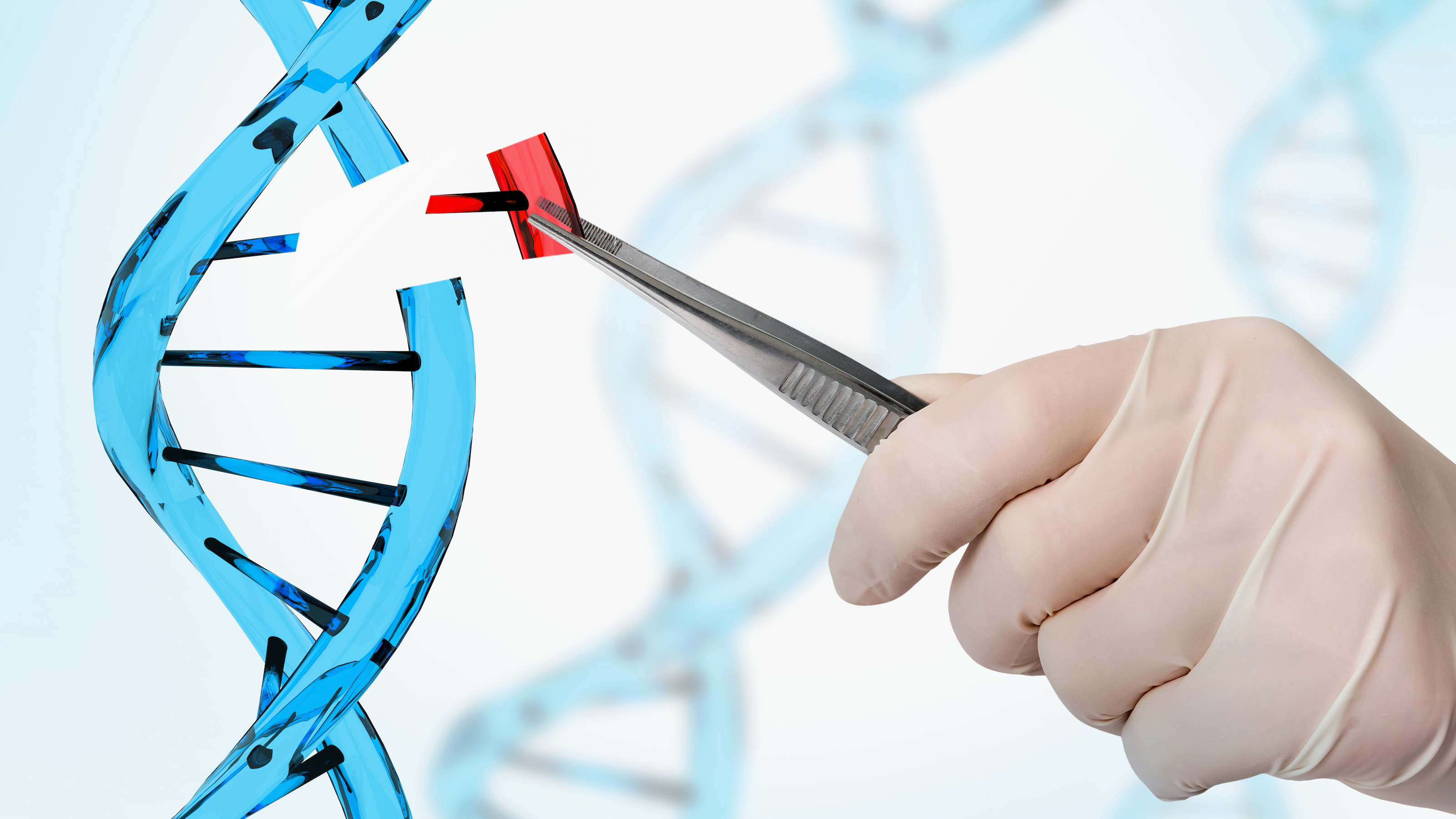biotech
Someday, scientists could use stem cells to guide the development of synthetic organs for patients awaiting transplants.
A company in England has made a test that picks out the compounds from breath that reveal if people have liver disease.
From the laying out of the body plan to the organization and functioning of our nervous system, cells rule gene expression and make us who and what we are.
Learn to spot the scientists who are searching for the truth rather than money, ego, or fame.
Retatrutide, Eli Lilly’s innovative “triple g” drug, is setting new standards in the fight against obesity.
Particles behave differently when freed from the force of gravity. A new space factory aims to use this to synthesize pharmaceuticals.
“The only options left were experimental approaches in clinical trials.”
From gene expression to protein design, large language models are creating a suite of powerful genomic tools.
Tardigrades can completely dehydrate and later rehydrate themselves, a survival trick that scientists are harnessing to preserve medicines in hot temperatures.
Is blood the key to anti-aging, or just another lucrative biotech opportunity?
Brain-computer interfaces could enable people with locked-in syndrome and other conditions to “speak.”
The first-of-its-kind approval could change how we think about gene-edited foods.
The discovery has enormous implications for the development of novel anti-anxiety medications.
When someone attempts to make you afraid of something that hasn’t happened instead of a true, present danger, suspect this nefarious ploy.
A blood test to diagnose mental illness is a “holy grail” of psychiatry.
“It can truly allow you to see the physical world in ways that were not possible before.”
What if we could harvest energy from human heat, sweat, or vibrations?
An innovation’s value is found between the technophile’s promises and the Luddite’s doomsday scenarios.
The soft robotic models are patient-specific and could help clinicians zero in on the best implant for an individual.
The body uses its own electricity to repair wounds. Faster healing may be possible with additional electrical stimulation.
Baby mice can regenerate damaged hair cells — and now that we know how they do it, maybe we can, too.
It’s sustainable, nutritious and delicious. Scientists need to ramp up efforts to meet this urgent need.
In a study involving mice, scientists used two different techniques — one optogenetic and one pharmacologic — to recover “lost” memories.
Disease kills off 40% of farmed catfish. This gene protects them.
Once activated, the CRISPR-Cas12a2 system goes on a rampage, chopping up DNA and RNA indiscriminately, causing cell death.
Researchers have been developing a promising model that can more closely mimic the human body – organ-on-a-chip.
The vaccine provided protection for mouse and ferret models.
More work is needed before declaring the technique a fountain of youth.
From synthetic biology to xenotransplantation, biotech will continue to march forward in 2023, in part powered by data and AI.

